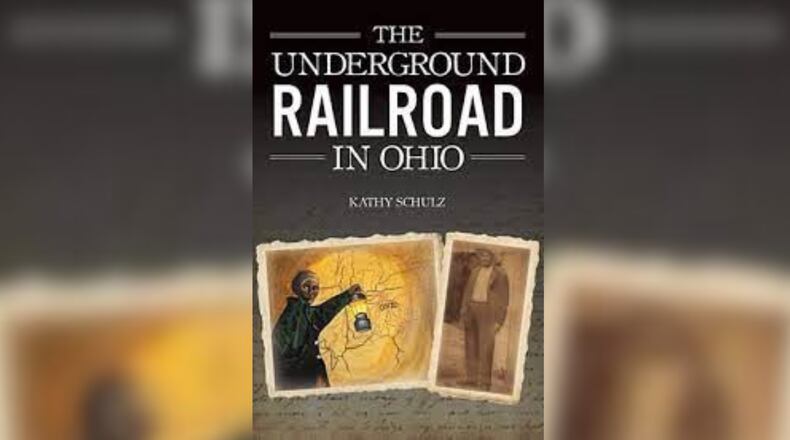Prior to the Civil War many people fleeing enslavement in the south headed north with the hope they could reach Canada, and freedom. The mass movement of those escaping from slavery became known as the Underground Railroad.
Some of us have notions about this period and according to Kathy Schulz, the author of “The Underground Railroad in Ohio,” some beliefs we have about the Underground Railroad are inaccurate. The geographical location of Ohio made it a major regional thoroughfare for escaped slaves passing through. Schulz estimates over half of the Blacks fleeing from slavery went through Ohio.
Perhaps we imagine many fleeing slaves were sheltered by benevolent whites. Schulz believes that prior to 1830 very few white citizens got involved, most traffic coming north involved Blacks assisting other Blacks in the process of liberating them from forced servitude.
Maybe we picture this Underground Railroad as something that would work to transport people from say Alabama up to Kentucky and then across the Ohio River into Ohio and then on north all the way to Canada. Schulz makes the case that the Underground Railroad didn’t exist in the southern states and that most of the fleeing slaves originated in slave states close to the Mason-Dixon line and infrequently from points in the deep south.
One of the key transit hot spots in Ohio was at Ripley, on the bluffs looking out over the Ohio River. Addison White was a slave in Kentucky who was about to be dragged to the whipping post and whipped. He decided that he wasn’t going to stand for it and he resisted. At that point he realized “if he did not run he was as good as dead.”
White ran. He swam the river and got sheltered by Ripley’s legendary fugitive slave protectors, the Rankins. Later he reached Champaign County, Ohio. He was feeling confused: “Some people were free here. Was he free too? Should he stay or should he go?”
Fortunately White encountered an ardent abolitionist in Mechanicsburg named Udney Hyde. Hyde kept track of the fugitives he had assisted-White was the 513th. The story of Addison White was a dramatic one. The postmaster in Springfield, a southern sympathizer, likely informed U.S. Marshals about this fugitive slave hiding out in Mechanicsburg.
They came looking for him. Some of White’s descendants still live in our region and the author was able to obtain access to documents related to their ancestor. This archive provided valuable insights into the period and the exploits of Addison White.
One common belief is the one about quilts being employed to relay signals and messages to fugitives passing through. The author dismisses the theory. She observes that “a book was written about this, but its ideas and bibliography were largely contrived. The whole idea is nonsense.”
We also learn about former slave John Parker, an active conductor of fugitives, spiriting them up into Ohio. This book will challenge many of our concepts about what the Underground Railroad was and how it functioned.
Vick Mickunas of Yellow Springs interviews authors every Saturday at 7 a.m. and on Sundays at 10:30 a.m. on WYSO-FM (91.3). For more information, visit www.wyso.org/programs/book-nook. Contact him at vick@vickmickunas.com.
